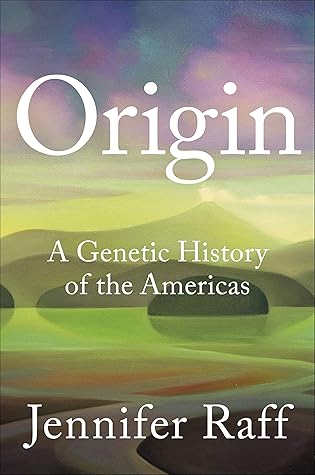More on this book
Community
Kindle Notes & Highlights
While populations vary genetically, this genetic variation does not follow patterns of racial categories articulated by Blumenbach, Morton, and others. If that statement surprises you, it is because these concepts are so deeply engrained within our culture. Humans’ DNA is 99.9% identical. It is that tiny difference—just 0.1%—along with what we loosely call the “environment”xiv that accounts for the variation in our remarkable outward appearance, or phenotype.
Beringians living on the south coast of the land bridge had access to Pacific marine resources, including kelp, shellfish, fish, and marine mammals. A prolonged stay in a coastal region would have required the population to develop adaptations for these new resources. If true, this period of isolation meant that the First Peoples already had the culture and knowledge needed for thriving in coastal environments by the time routes into the Americas became accessible a few thousand years later. It means that Beringia should more properly be viewed as a lost continent than as a land bridge.
The oceanographic data clearly show that during the LGM, the land bridge was twice the size of Texas. If the Out of Beringia model is correct, Beringia wasn’t a crossing point, but a homeland, a place where people lived for many generations, sheltering from an inhospitable climate and slowly evolving the genetic variation unique to their Native American descendants (10).
I am skeptical that we will ever come to a perfect agreement among all people curious about the peopling of the Americas, but then again, I don’t think that such unity is required in order for us to appreciate the past. The forest of history is healthier and more beautiful for having many different kinds of trees.


